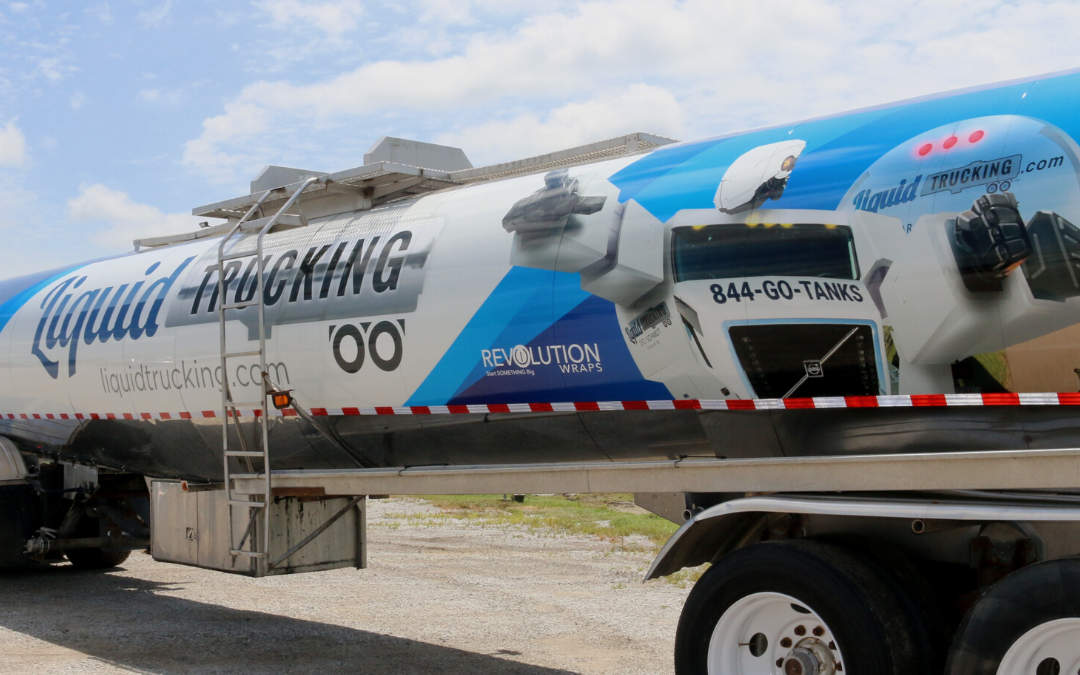When you’re driving a tanker truck, it’s important to be aware of the risk of the liquid surge. If you have to make a sudden stop, the liquid in the tank can surge back and forth. When the surge hits the front of the tank, it can push the truck forward in the direction the liquid moves. This can cause you to lose momentary control, which puts you in a dangerous situation, especially on busy or slick roads. As a result, you must be very familiar with how to handle the sudden movements of a liquid tanker. Here are some tips to prevent liquid surges…
Liquid Surge Driving Tips
- Drive smoothly and avoid sudden stops whenever possible. Because of the tank’s high center of gravity, you must gradually start, slow down, and stop. Jerking stop-and-go driving can increase the chance of a surge.
- Keep enough stopping distance between you and the vehicle in front of you. More stopping distance will give you more time to brake slowly, prevent a surge, and avoid an accident.
- Be aware of the weight of your load. Heavier loads are more likely to surge than lighter ones, but lighter loads may take longer to stop. Know your load and be prepared.
- If you must brake suddenly, use controlled or stab braking. Do your best to both brake and keep the truck straight. This will help keep the surge under control and leave you less likely to veer into traffic or off the road.
- Slow down around curves. Curves increase the likelihood of a surge, so take them slowly and carefully.
- Avoid over–steering, over-accelerating, or over-braking. If your tires begin to skid because you have over-compensated, your truck may jackknife.
- Be extra cautious in adverse weather conditions. Slippery roads make it harder to keep control of your truck, so slow down and avoid sudden stops if at all possible.
- Make sure your tires are in good condition. Worn or bald tires can make it difficult to control the truck if you do have a surge.
- Monitor your speedometer and keep an eye on your surroundings. If a surge does occur, it’s important to be able to react quickly.
- Be aware of what’s going on around you. If you see a potential hazard ahead, slow down gradually so you can stop if necessary.
How Much to Load
Knowing how much liquid to put in your tank is crucial to preventing liquid surges. Some liquids may expand once they’re warmed inside the tank, so you must leave room for the outage difference. If the tank gets too full and experiences surges, it can crush the walls and cause the tank to collapse. On the other hand, if the tank isn’t full enough, the liquid can slosh around and cause the truck to lose balance. So, before you load your truck, it’s important to know what type of material you’ll be loading and the material’s expansion degree.
Liquid Trucking has a handy Trailer Calibration Chart to help you determine the exact amount of liquid you should have in your tank. You can find our charts here: https://deliverecon.com/calibrationcharts/
Closing Thoughts
With a fleet full of liquid tankers, Liquid Trucking takes responsibility for training our drivers on how to best handle their loads and how to react if they experience a surge. These are a few tips that our drivers follow to keep their loads, themselves, and those they share the road with safe!
If you’re looking for a safe bulk liquid hauler, look no further than Liquid Trucking! We are one of the nation’s leading tanker trucking companies specializing in transporting agriculture, food, and hazmat liquids. To learn more about what we do and how we do it, give us a call at 844-GO-TANKS!
